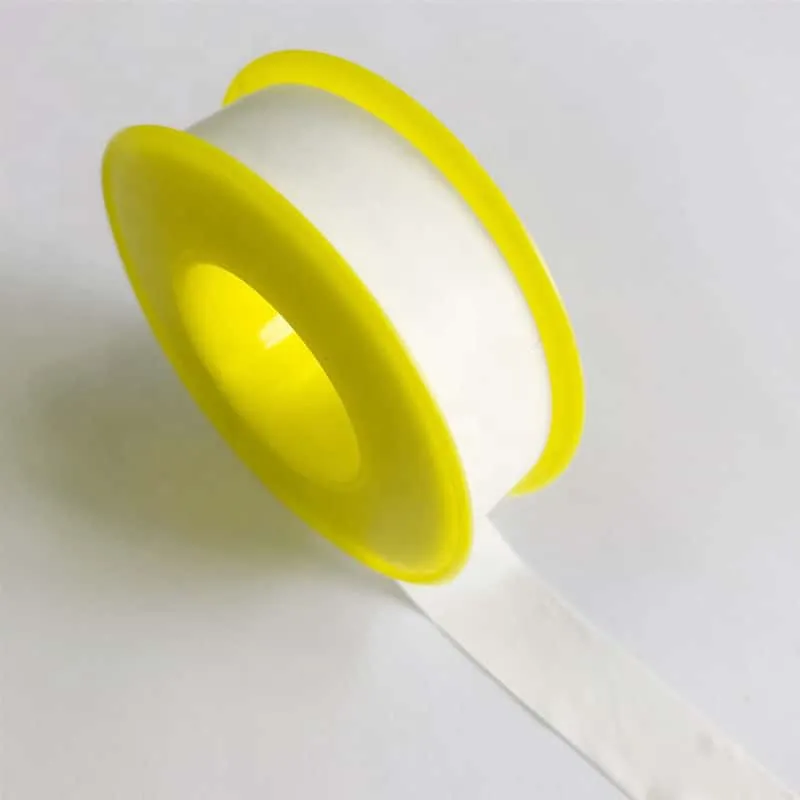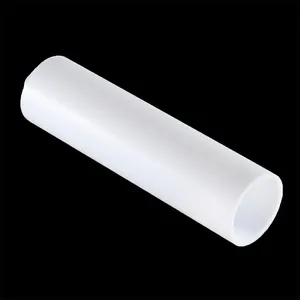When it comes to maintaining or repairing vehicles, particularly the fuel lines, there are many products and techniques available. One common question is whether PTFE tape, also known as Teflon tape, can be used on fuel lines. Given the critical nature of these components, it’s important to understand both the benefits and limitations of using PTFE tape in this context.
PTFE tape, often referred to as Teflon tape, is a thin, white tape commonly used in plumbing to seal pipe threads. It’s made from polytetrafluoroethylene, a synthetic fluoropolymer known for its non-stick properties and resistance to extreme temperatures and chemicals.
Benefits of PTFE Tape
- Chemical Resistance: PTFE is known for its excellent resistance to a wide range of chemicals, making it a versatile option in many applications.
- Temperature Tolerance: The tape can withstand high temperatures, which is beneficial in environments where heat is a factor.
- Non-Stick Properties: Its non-stick nature means it can help prevent threads from seizing, making future disassembly easier.
Can You Use PTFE Tape on Fuel Lines?
Using PTFE tape on fuel lines can be a contentious issue among automotive enthusiasts and professionals. Here’s a closer look at the considerations.
Compatibility with Fuels
PTFE tape is resistant to a variety of chemicals, but when it comes to fuel lines, there’s a critical point to consider: PTFE tape is not fuel-proof. While it is resistant to gasoline, diesel, and other fuels, it can degrade over time, especially when exposed to the aggressive additives found in modern fuels.
Risk of Tape Contamination
One of the main concerns with using PTFE tape on fuel lines is the risk of contamination. If the tape isn’t applied correctly, small pieces can break off and enter the fuel system. This can lead to blockages or damage to components such as fuel injectors.
Alternatives to PTFE Tape
Given the potential downsides of using PTFE tape on fuel lines, you might consider alternative sealing methods.
- Thread Sealant: Liquid thread sealants are often recommended for fuel line applications as they provide a reliable seal without the risk of introducing debris into the system.
- O-rings and Gaskets: In many cases, fuel lines are designed to seal with the use of O-rings or gaskets, which provide a secure seal without the need for additional sealing products.
Best Practices for Fuel Line Repair and Sealing
If you’re undertaking a repair or installation involving fuel lines, following best practices is crucial to ensure safety and performance.
Inspection and Preparation
Before applying any sealant, inspect the threads and fittings for damage or debris. Clean them thoroughly to ensure a good seal.
Application Techniques
If using PTFE tape or any sealant, apply it to the male threads only, and avoid covering the first thread to prevent contamination. Wrap the tape in the same direction as the threads to ensure it doesn’t unravel when tightening.
Tightening and Testing
Once applied, carefully tighten the fittings to the manufacturer’s specifications. After assembly, always test for leaks by pressurizing the system and checking all connections.
Safety Considerations
Working with fuel systems can be hazardous. Always take appropriate safety precautions, such as working in a well-ventilated area, wearing protective gear, and keeping a fire extinguisher nearby.
Professional Advice
For those uncertain about working with fuel lines, consulting a professional mechanic is recommended. They have the tools and expertise to handle repairs safely and effectively.
Conclusion
In conclusion, while PTFE tape offers certain benefits, its use on fuel lines is not generally recommended due to the risks of degradation and contamination. Instead, consider using a liquid thread sealant or relying on O-rings and gaskets for a reliable and safe seal. Always prioritize safety and consult with professionals when in doubt.
By understanding the properties of PTFE tape and the specific requirements of fuel line systems, you can make informed decisions that ensure the longevity and safety of your vehicle’s fuel system.









